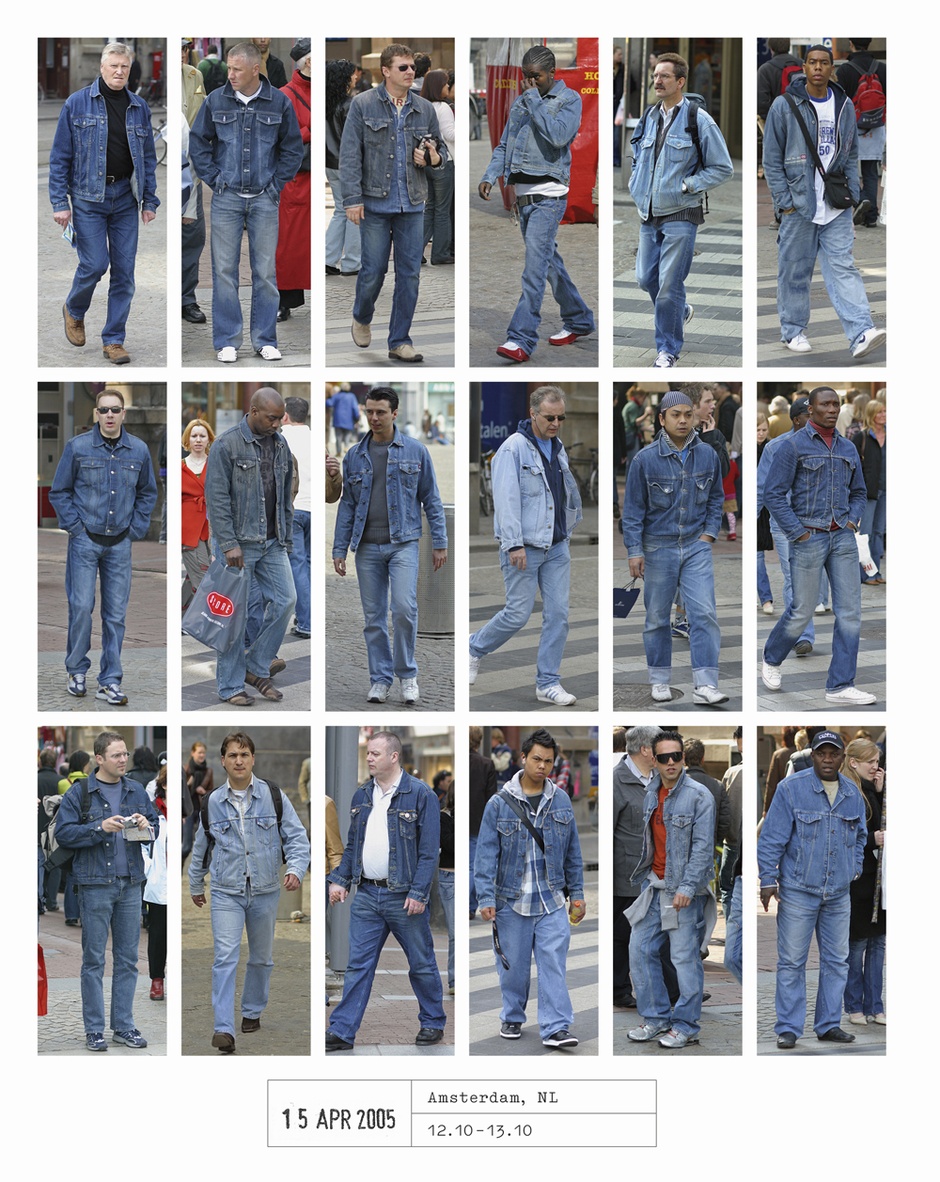CHART OF THE DAY: Messaging Apps vs. Social Networks
While you were busy growing your empire on Facebook these last few years, something interesting has been happening in the non-US parts of the world and in particular, among those crazy kids that won't get off of your lawn.
Global usage of the top 'messaging' apps, (like WhatsApp and WeChat) have caught up with global usage of the top social networking apps, (Facebook, Twitter, Instagram). Here's the chart, courtesy of Business Insider, then of course, some FREE comments from me after the data.

Some quick thoughts on what, if anything this trend might mean for for HR/Talent pros:
1. Messaging, like regular old SMS texting, is always going to be the most effective way to get people's attention. If you can get into a candidate or prospect or employee's 'white list' of messaging buddies, then you can capture some valuable attention and even more valuable mindshare. Of course this is easier said than done, so for now most of us will just keep emailing....
2. Communication preferences and habits, as evidenced in how some of these messaging apps dominate in certain countries and among certain age cohorts, vary quite a bit around the world. While the US has been slower to adopt messaging compared to say Asia, other parts of the world see messaging as their de facto communication medium. Some of this is probably due to the greater tendency in many non-US parts of the world for internet usage to be almost completely a mobile-device scenario. And for many of these users, Mobile = Internet = Messaging. Whatever the reason, any HR pro that has to operate globally has to be aware of how local audiences want to and expect to interact and communicate.
3. Some of the elements that have fueled the growth of messaging apps are bleeding into workplace or enterprise apps as well. The best recent example would be Slack, a corporate communication platform that works on both smartphones and computers, and seems to be succeeding where other attempts to create corporate social networks, i.e. the "Facebook for the Enterprise", have struggled, by replacing e-mail as the main communications channel inside firms. Organized around short, direct and group messages, organized into topics or projects, Slack seems to be catering to the same kinds of people who have adopted messaging apps overall.
Anyway, one last thought, take a look at what kinds of apps your kids are using these days too. Chances are they are using much more messaging and less 'social networking' than you think.
Have a great day!

 Steve
Steve
